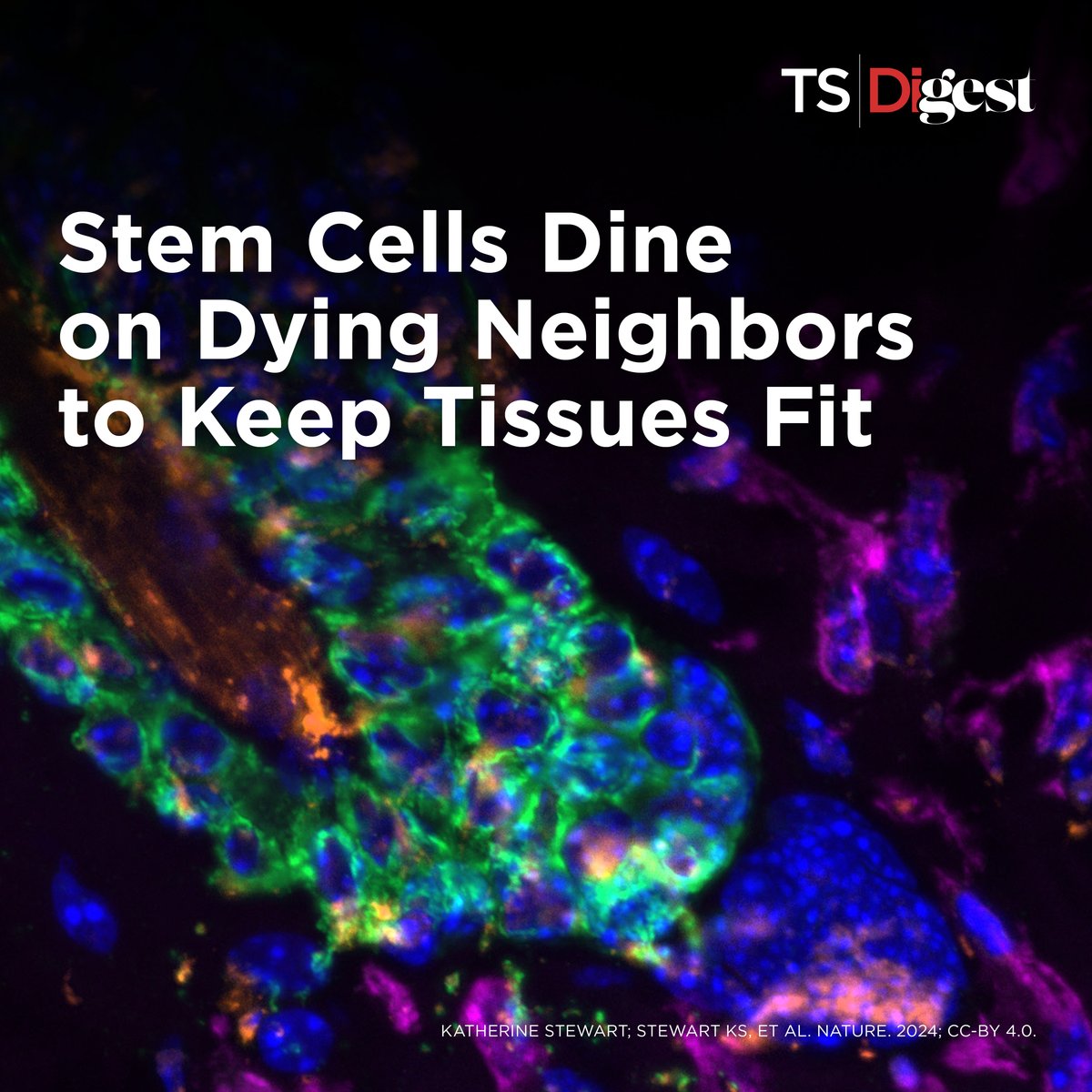
The Scientist
@TheScientistLLC
Exploring Life, Inspiring Innovation. Subscribe for free at http://bit.ly/2GvXtYv
We have decided to redirect our efforts to other platforms. Join us on these platforms to continue receiving the latest stories in life science research from The Scientist: LinkedIn: bit.ly/4lS9EmA Facebook: bit.ly/42tI2wl Instagram: bit.ly/3GtcY7p
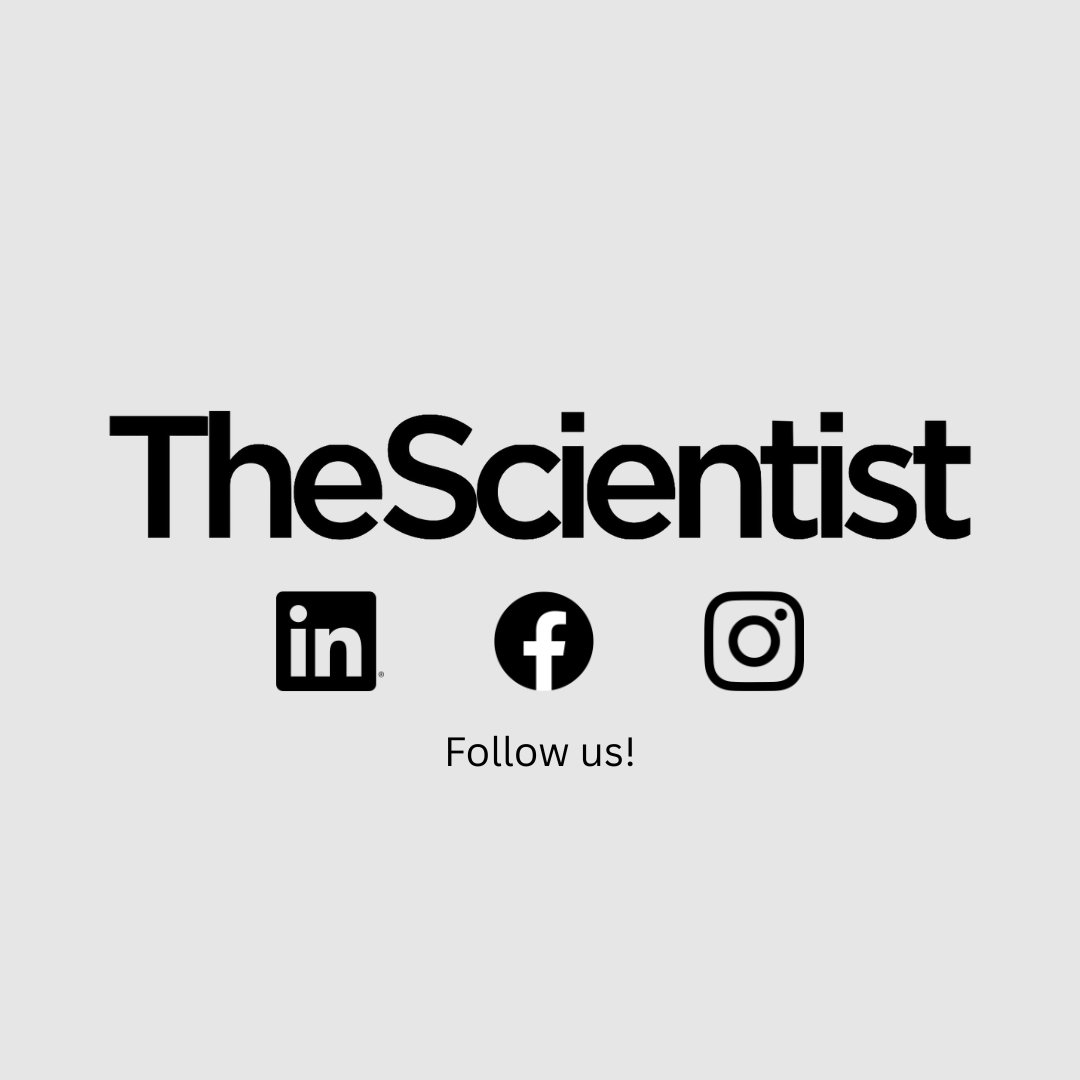
The STING pathway, known for its role in inflammation to combat threats, is a multitasker. @JayXiaojunTan and his team @PittTweet discovered that this pathway also stimulates lysosome production, aiding cells in maintaining quality control. Read more: bit.ly/40BdPdC
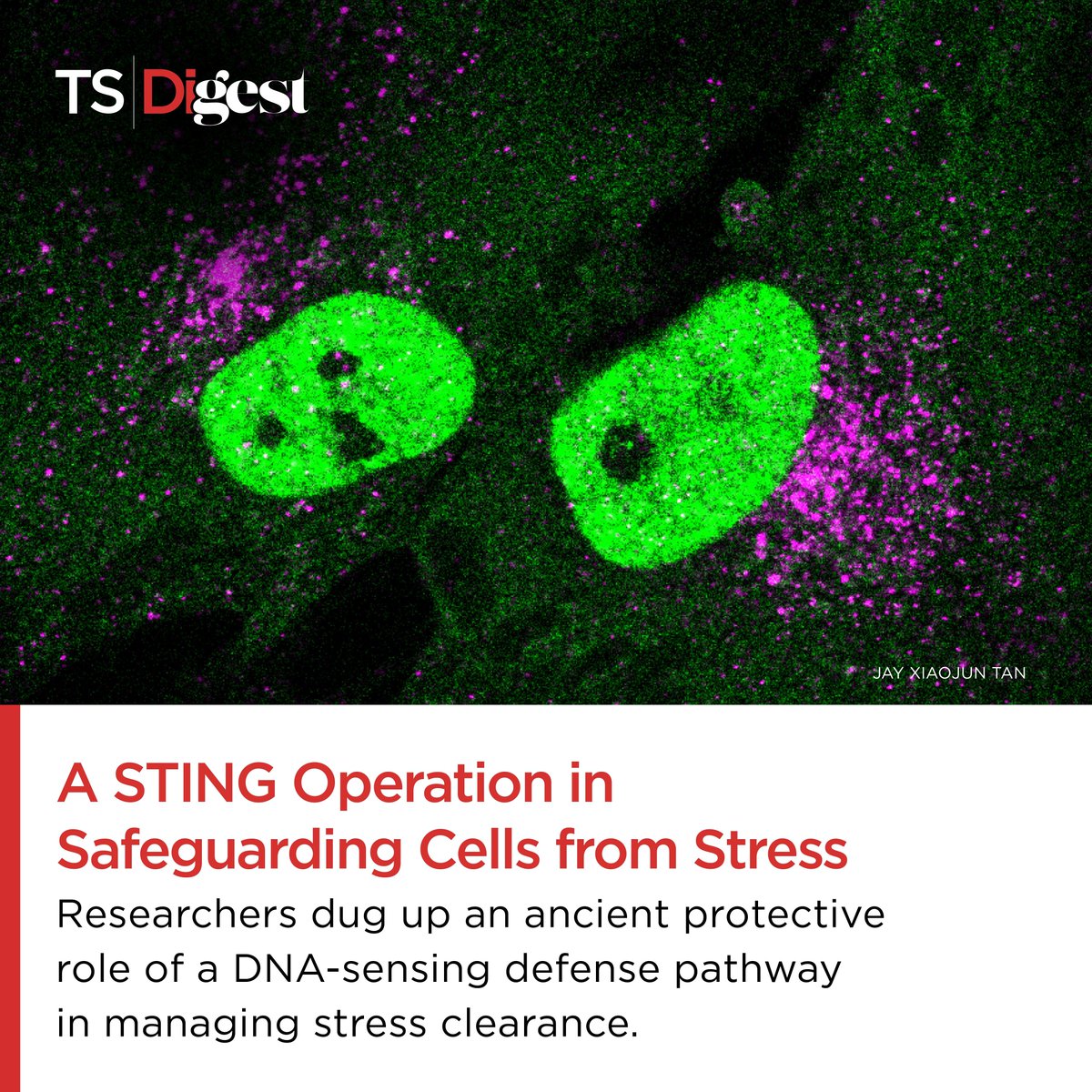
Marine bristleworms synchronize their internal clocks using the light of the full moon and specialized photoreceptors that allow them to distinguish sunlight from moonlight. Learn more: bit.ly/3WgC0vG
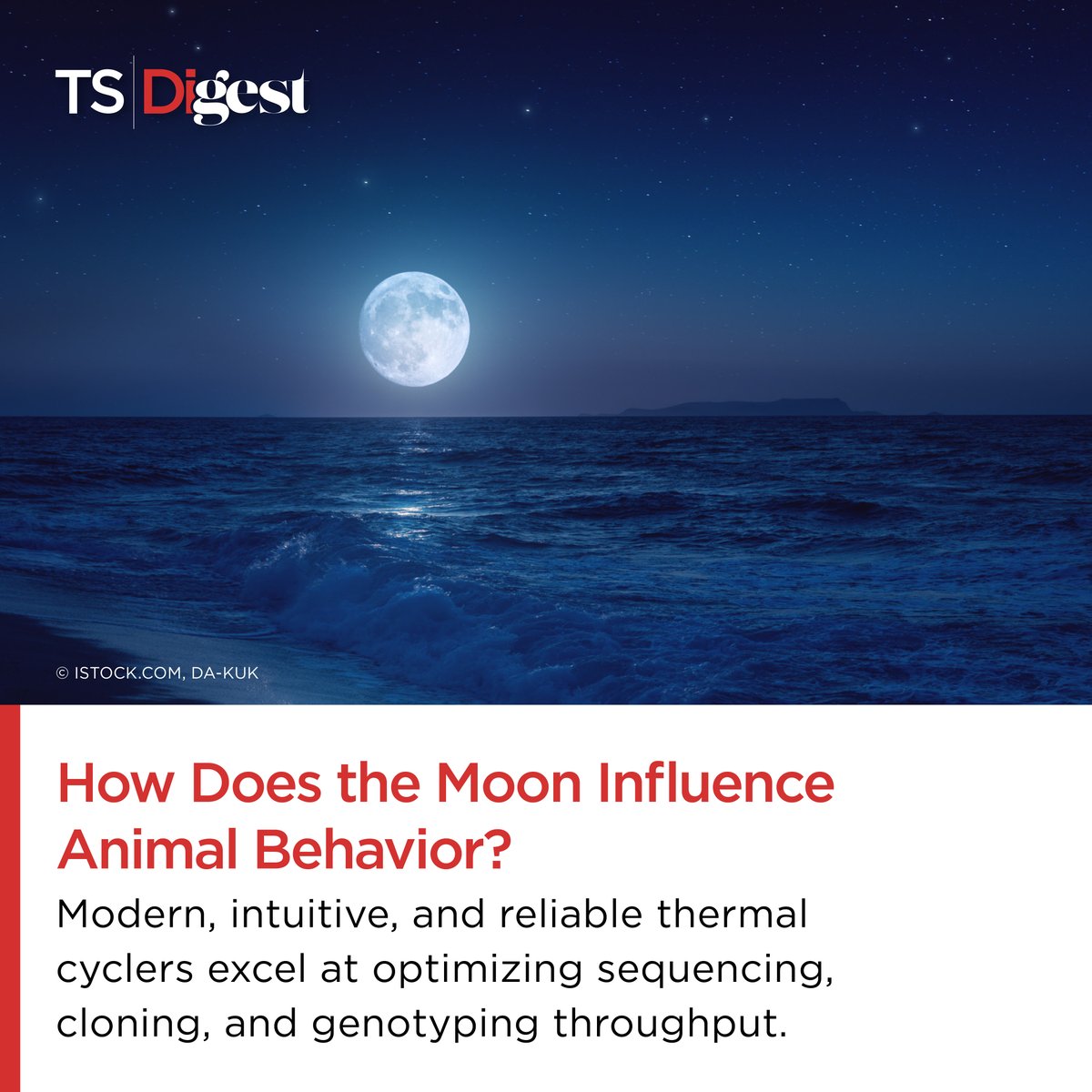
Nanoparticle delivery systems could curb antibiotic resistance by improving targeting to bacteria. One team used bacteriophage proteins to direct these vehicles to their specific pathogen. Check out the infographic to learn more: bit.ly/3DWKaD2
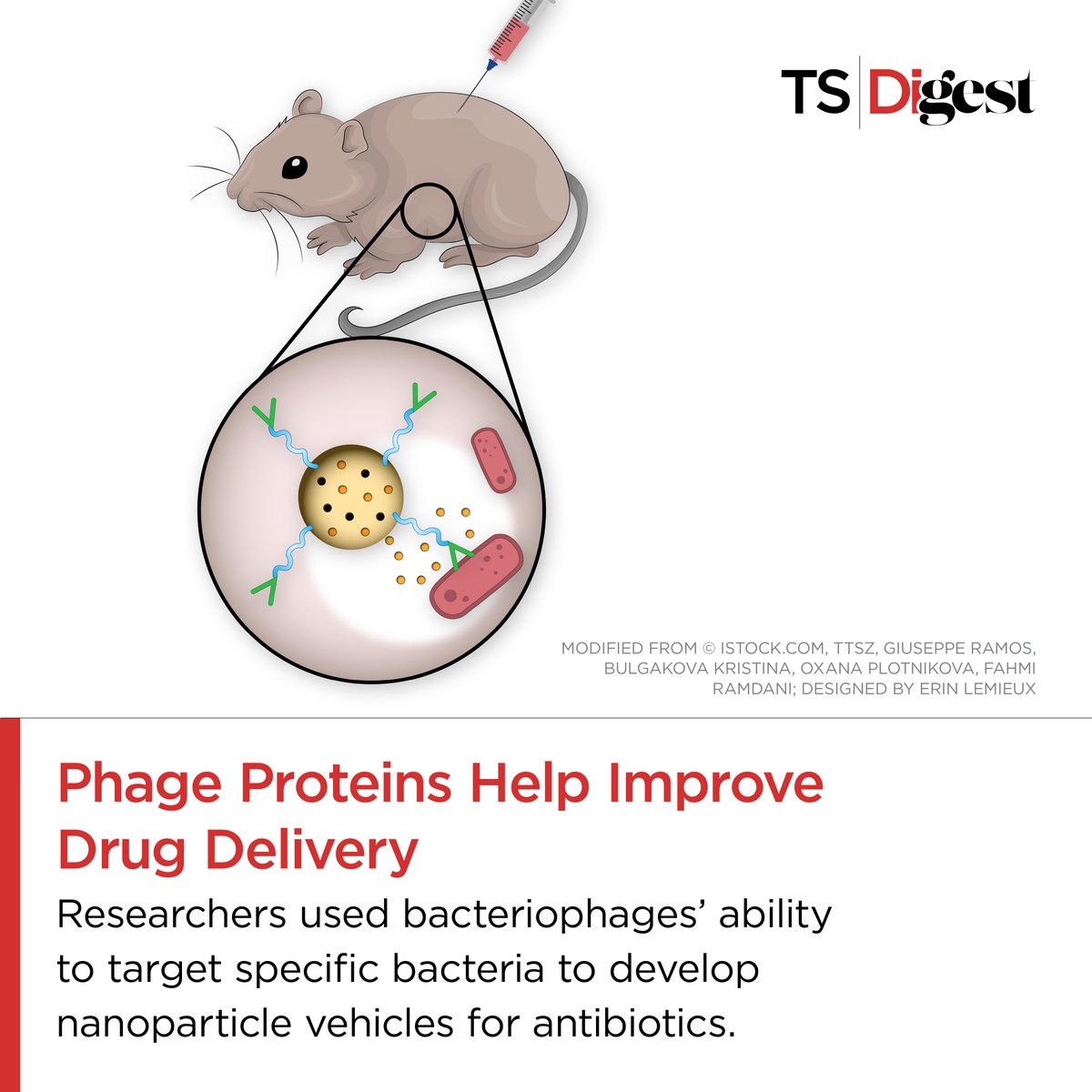
Ever wonder why some people get tipsy faster? We asked David Rossi, who studies mechanisms affecting alcohol consumption @WSUPullman, for some insights into why one drink hits some harder than others! Learn why: bit.ly/3PzEdyv

Clean up on hair follicle 5! A study by @ElaineFuchsLab showed that stem cells take on a part-time job clearing apoptotic corpses to keep the hair cycle going and tissues fit. Learn how these cells engage phagocytosis at the right time and place: bit.ly/4jkmWXN

Artificial intelligence is increasingly being incorporated into biological research. Check out this profile with @Furman_Lab @Stanford @BuckInstitute to see how he is incorporating these technologies into his research in aging and the immune system: bit.ly/3CdcUXC

Bacteria may benefit from more than just a weakened immune response in hosts with high-sugar diets. A team of researchers at @Cornell showed that this extra nutrition helps some bacteria survive in flies. Read more: bit.ly/42dhteY
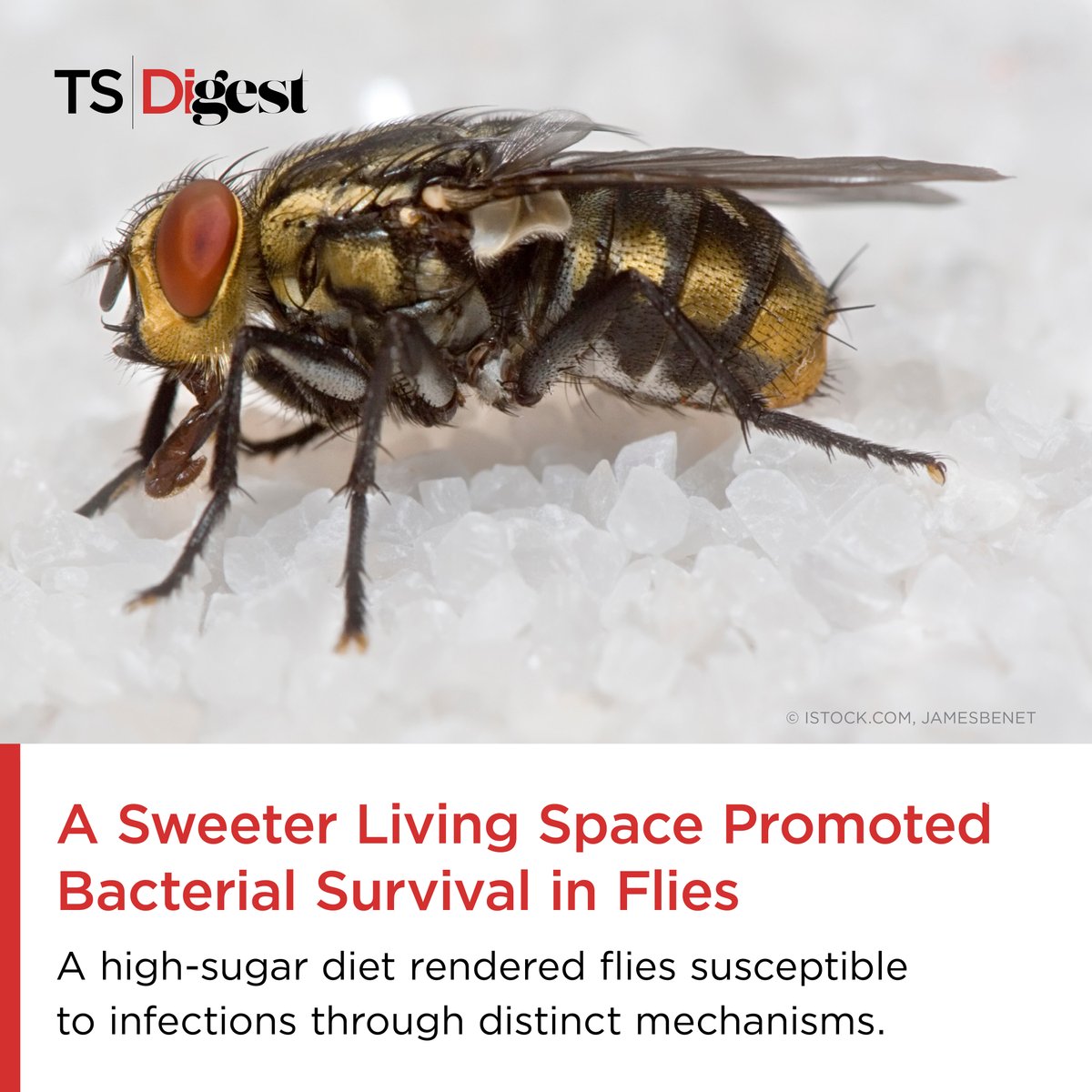
The STING protein is known for its role in innate immune signaling. Recently, @JayXiaojunTan and his team @PittTweet uncovered a new function of STING—boosting lysosome production to help cells manage stress and clear waste. Read more: bit.ly/40Dzb9p
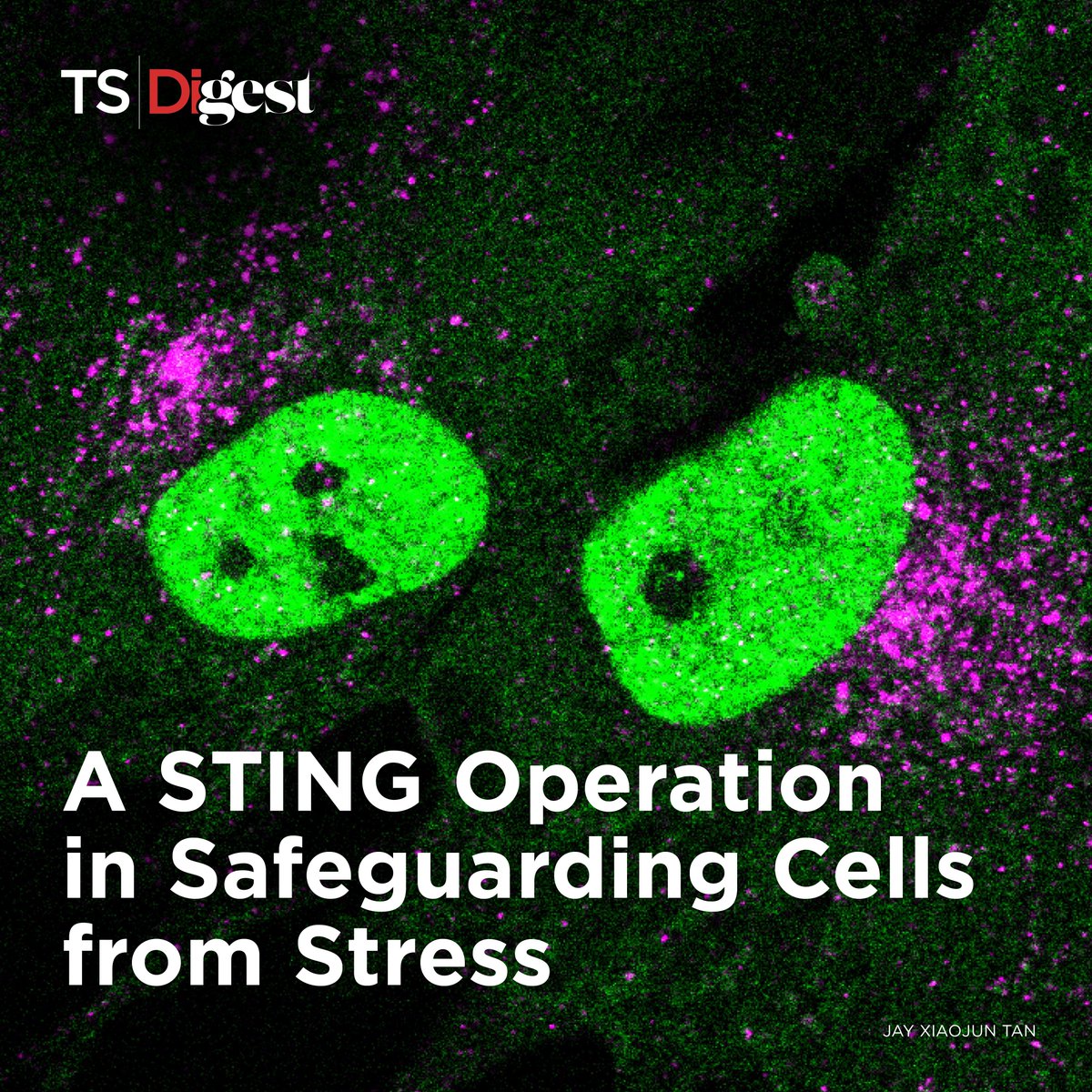
Grafting cells from the thick skin of soles into fragile thigh skin helped it become thicker, which could benefit people with amputations to better tolerate prosthetics. Read more: bit.ly/4hponSN

From master manipulators of host reproduction to allies in the fight against diseases, Wolbachia bacteria have revealed their many facets to researchers over the past century. Read more about this endosymbiont exciting history here: bit.ly/4gmEWhz

Using DNA from a 120-year-old preserved plant sample, researchers reconstructed how a common plant disease that causes more than $100 million in losses per year in California alone spread across the state. Read more: bit.ly/4g8qycy
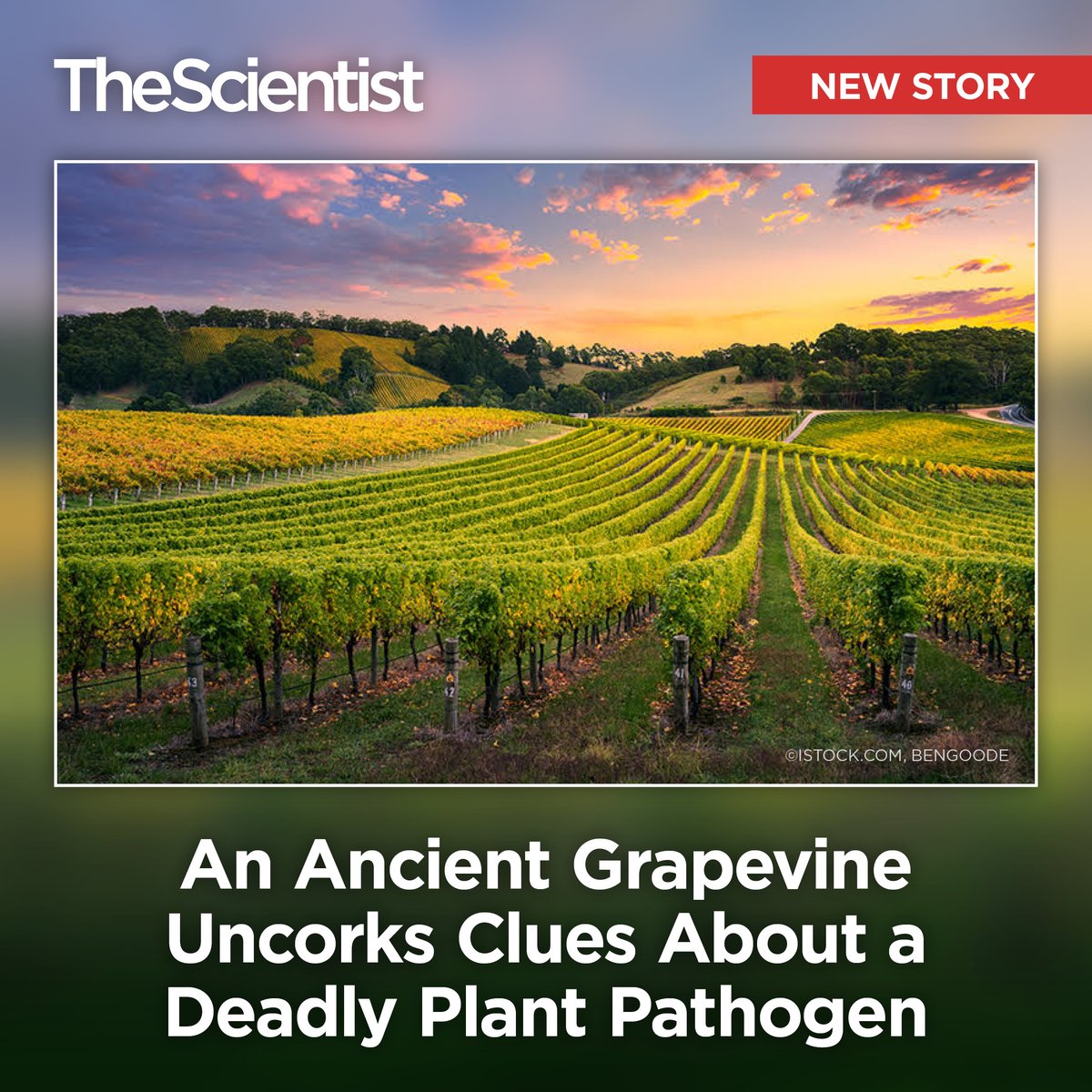
A marvelous night for a moondance 🌙 Chronobiologist Kristin Tessmar-Raible @MaxPerutzLabs @univienna explains how mass-spawning marine bristleworms use lunar cycles to coordinate the timing of the “nuptial dance” and reproduction. Learn more: bit.ly/40jGfHL
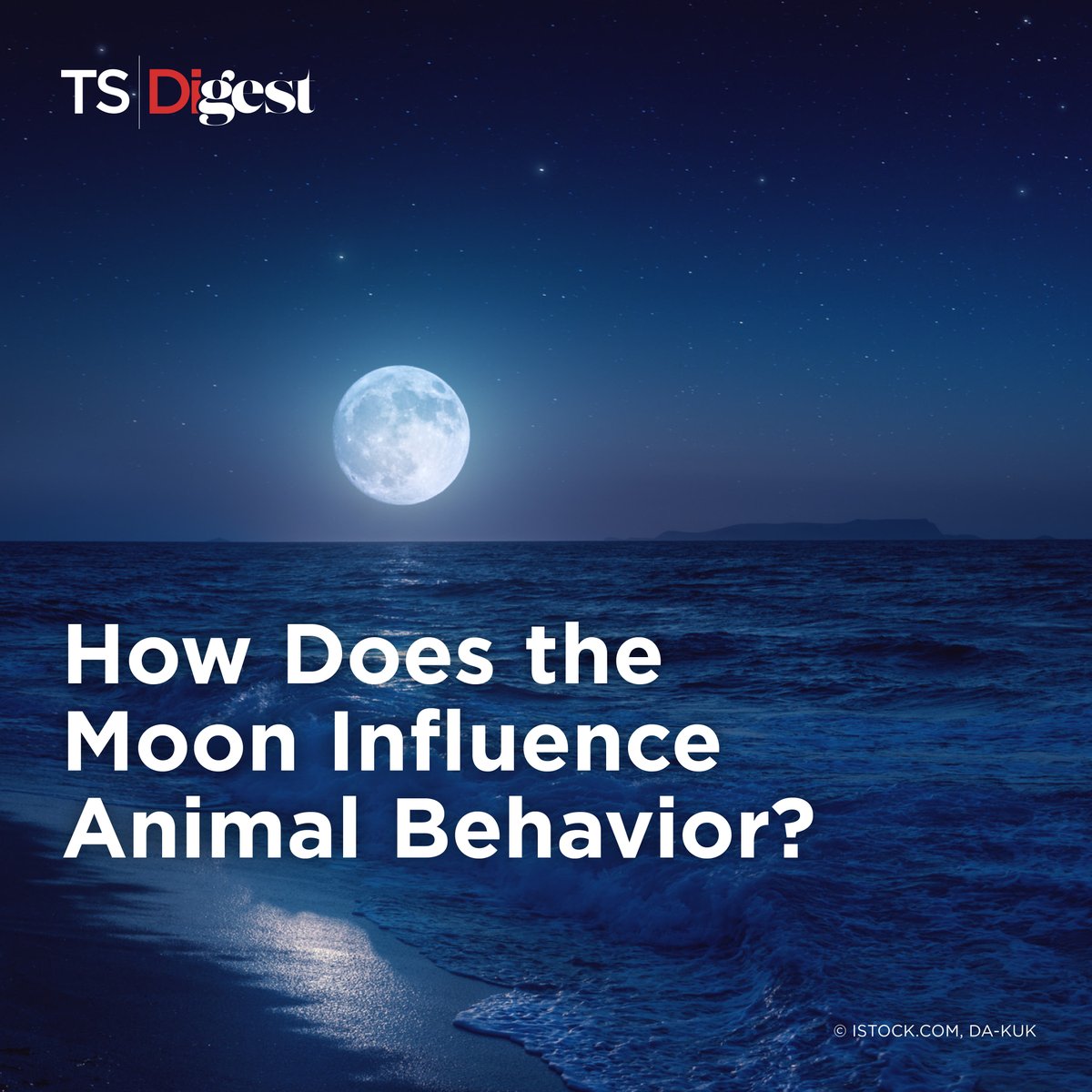
Bacteriophage proteins improve the effect of antibiotics in nanoparticle vehicle system. Explore the infographic to learn more: bit.ly/3DTLOoV
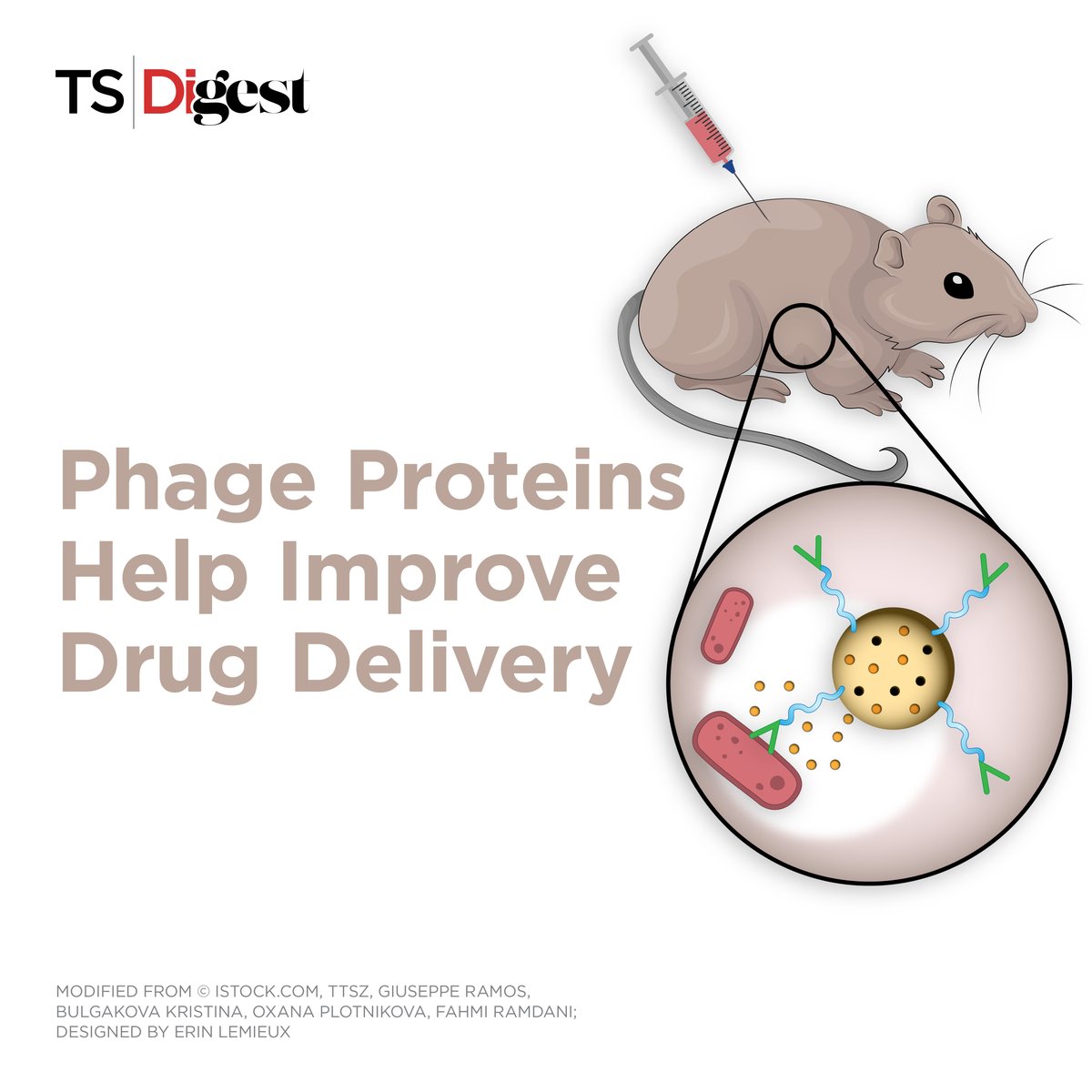
How are your New Year’s resolutions holding up? Neuroimaging studies help us understand why prolonged periods of self-control are so difficult for the brain. bit.ly/42kgw4W

Endometriosis affects nearly 1 in 10 women causing severe pelvic pain and infertility, yet treatment options are limited. Yingqun Huang @YaleMed highlights that targeting specific macrophages could lead to crucial advancements in patient care. Read more: bit.ly/3Ce8Kib
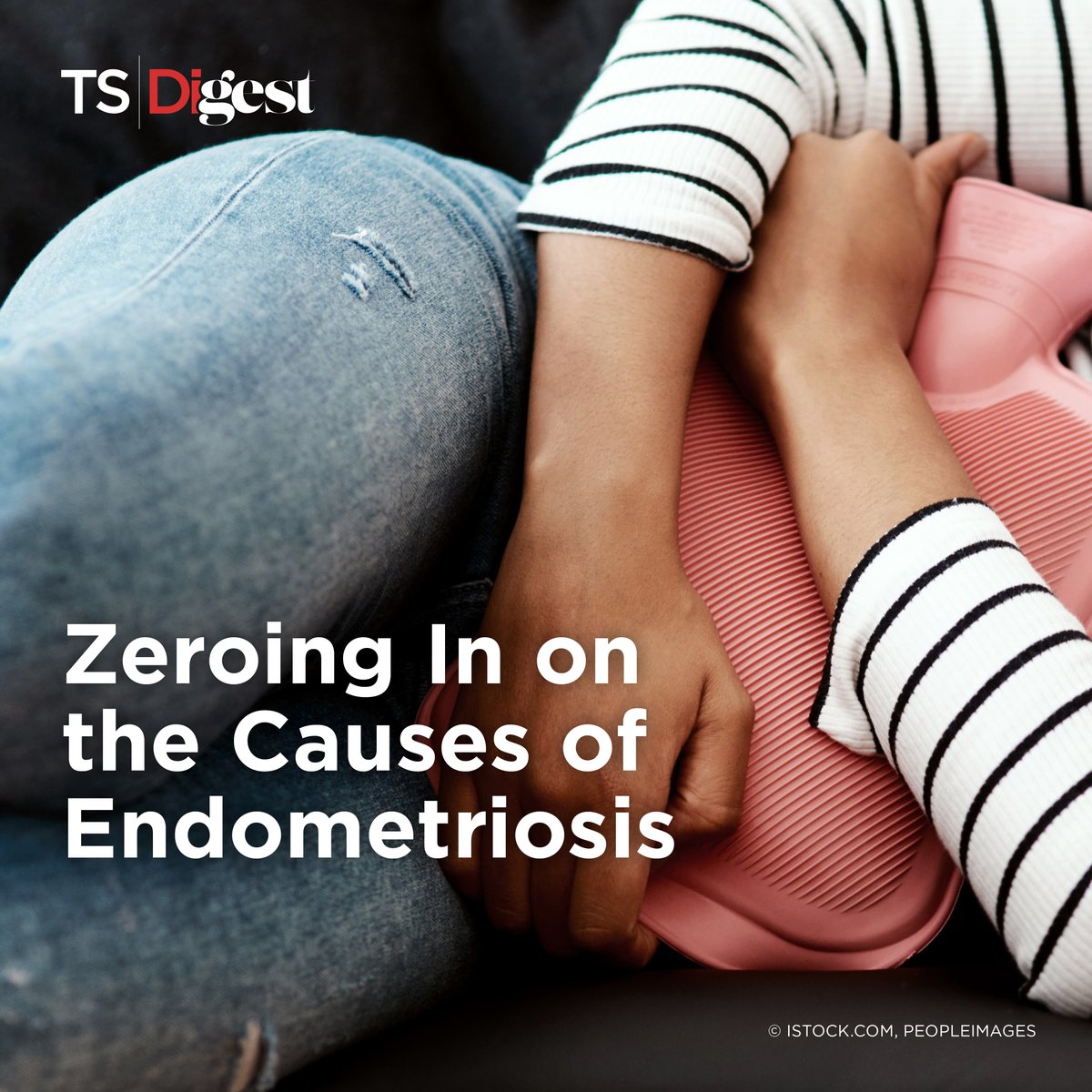
Male insects designed to produce toxic proteins in their semen can poison disease-spreading female insects. This pest control strategy could curb female mosquitoes that transmit diseases like dengue and malaria. bit.ly/4fUVrAV

Raise your glasses! 🥂 In a toast to science, we asked David Rossi @WSUPullman on what makes some people ‘lightweights’ while others can hold their liquor. It’s a fascinating cocktail of genetics and tolerance! bit.ly/4afVPsN
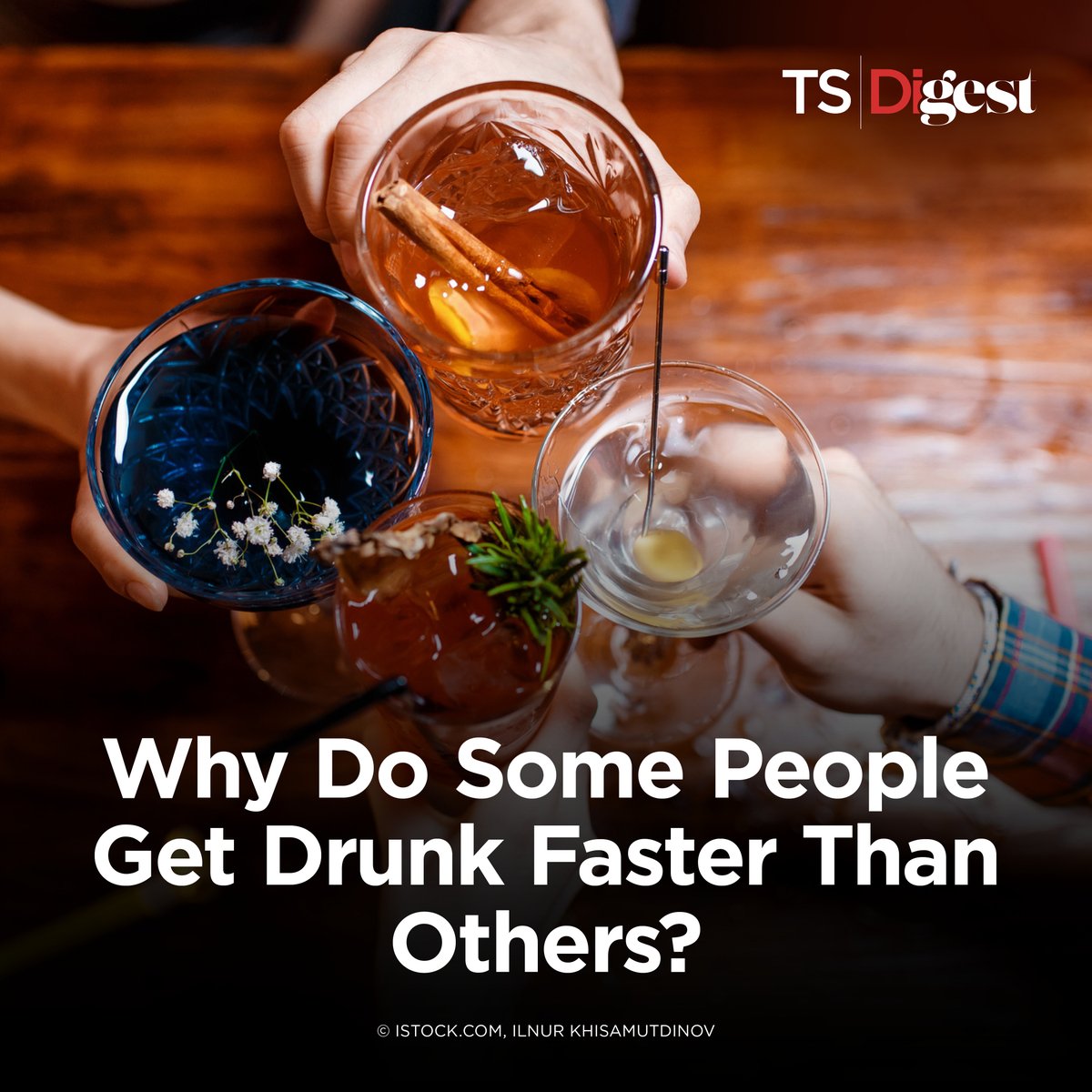
Researchers at @HarvardMed found that a plastic additive, which makes plastics more flexible and durable, damages DNA and causes chromosome defects in worm eggs. bit.ly/3DXyCPP
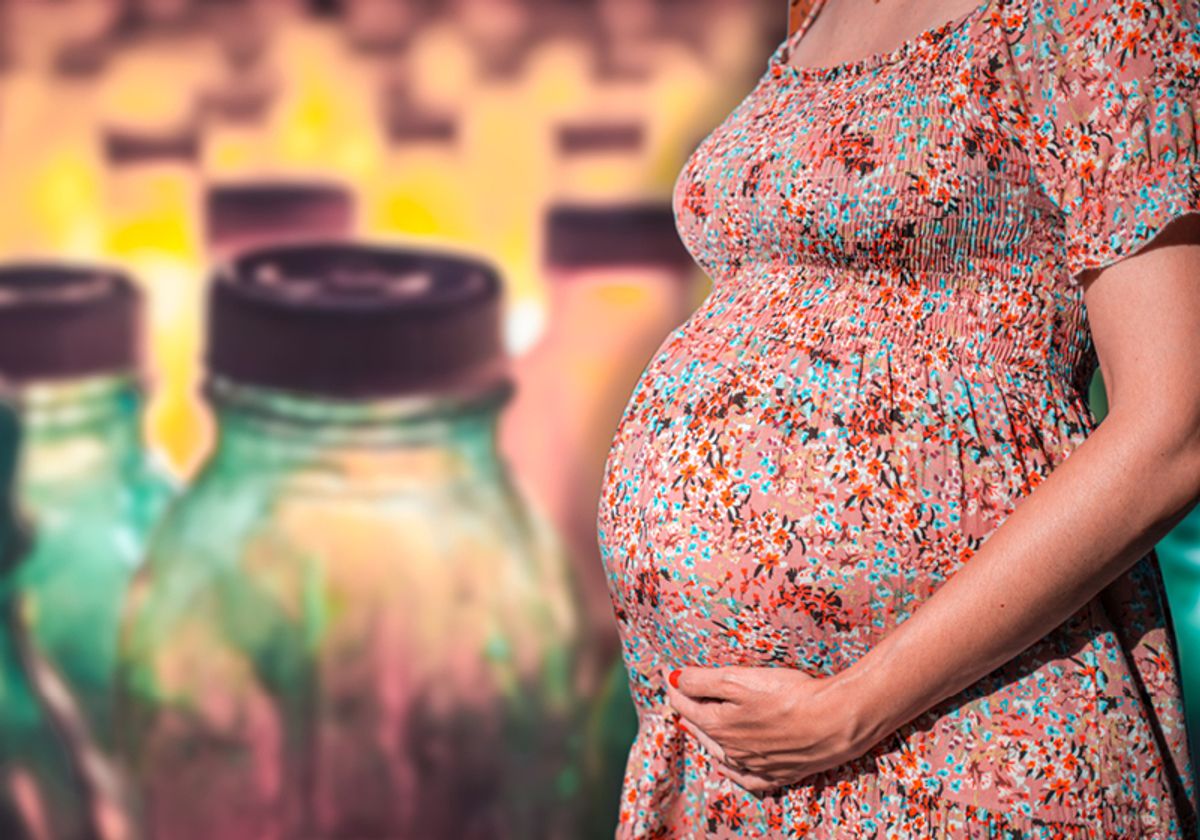
Alongside their day job of generating new cells, hair follicle stem cells moonlight as non-professional phagocytes, clearing apoptotic corpses to keep the tissue healthy. Get all the hairy details: bit.ly/3PzcZYI
